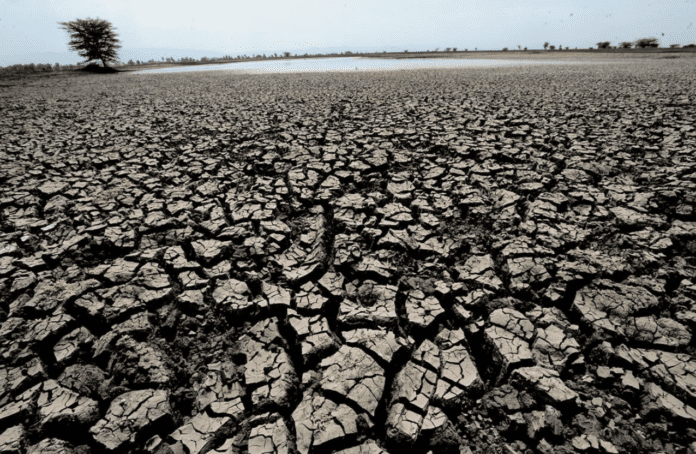Improved readiness and response measures are credited with reducing fatalities from natural disasters, even as climate change intensifies their frequency and severity, according to a UN official.
In ShortImproved Disaster Preparedness: Better warning systems, planning, and resilience measures have led to a reduction in disaster-related deaths globally. Impact of Climate Change: Climate change has intensified disasters like cyclones, floods, and droughts, making them more frequent and widespread. Recognition of Progress: Kamal Kishore, UN Assistant Secretary-General, highlights the significant reduction in disaster deaths, often overlooked by the public. Global Tsunami Warning System: Developed after the 2004 tsunami, the system now covers the entire world, contributing to reduced fatalities. Decrease in Cyclone Deaths: Improved warnings for tropical cyclones have decreased the fatality rate, particularly in vulnerable regions like the Philippines. Success in India: India has reduced disaster deaths through better warnings and community preparedness, exemplified by fewer fatalities in recent cyclones. Decline in Flood Deaths: Data shows a decline in global flood-related deaths, indicating the effectiveness of preparedness and response measures. Regional Disparities: While global trends show improvement, pockets of high disaster-related deaths persist, especially in the poorest countries in Africa. Continued Efforts Needed: Despite progress, more efforts are required to prevent disasters from exacerbating poverty and vulnerability in affected regions. |
As climate change intensifies disasters such as cyclones, floods, and droughts, making them more frequent and widespread, fewer people are dying from these catastrophes globally due to improved warning systems, planning, and resilience measures. This observation comes from Kamal Kishore, the newly appointed United Nations Assistant Secretary-General and head of the UN’s Office for Disaster Risk Reduction.
In his first interview since taking office in mid-May, Kishore told The Associated Press that while the world has not fully appreciated this progress, the reduction in disaster-related deaths is significant. He emphasized that despite this progress, more efforts are needed to prevent these disasters from driving people into extreme poverty.
ALSO READ: India Heatwaves Pushing Beyond Human Survivability Limits.
Kishore noted that disasters that once resulted in tens or hundreds of thousands of deaths now only claim handfuls of lives. “Fewer people are dying of disasters, and if you look at that as a proportion of the total population, it’s even fewer,” he said. “We often take for granted the progress that we’ve made.”
Kishore highlighted the development of a global tsunami early warning system, which was largely absent twenty years ago. The system’s expansion followed the 2004 tsunami that killed approximately 230,000 people across Indonesia, Sri Lanka, India, and Thailand.
Improved warnings for tropical cyclones—also known as hurricanes and typhoons—have significantly reduced the chances of dying in such storms, particularly in vulnerable regions like the Philippines, where the fatality rate has decreased to about one-third of what it was 20 years ago.
Drawing from his experience as the former disaster chief for India, Kishore pointed to his country’s success in reducing deaths through better warnings and community preparedness, such as ensuring hospitals are ready for a surge in births during cyclones.
For instance, a supercyclone that hit eastern India in 1999 killed nearly 10,000 people, while a similarly sized storm in 2013 resulted in only a few dozen deaths. In 2023, under Kishore’s watch, Cyclone Biparjoy killed fewer than 10 people.
ALSO READ: Ozone Day.
Flood-related deaths have also declined, according to Kishore. This trend is supported by data from disaster epidemiologist Debarati Guha-Sapir of the Catholic University of Louvain in Brussels, who maintains a global disaster database.
Her data shows that the global average of deaths per storm event dropped from 24 (ten-year average in 2008) to 8 (ten-year average in 2021). Similarly, flood deaths per event decreased from nearly 72 to about 31 over the same period.
Despite these global improvements, Guha-Sapir noted that there are still regions, particularly in the poorest countries in Africa, where disaster-related deaths are either worsening or remain unchanged. She compared this situation to public health efforts to eradicate measles, where success in most areas contrasts with persistent challenges in regions least equipped to cope.

